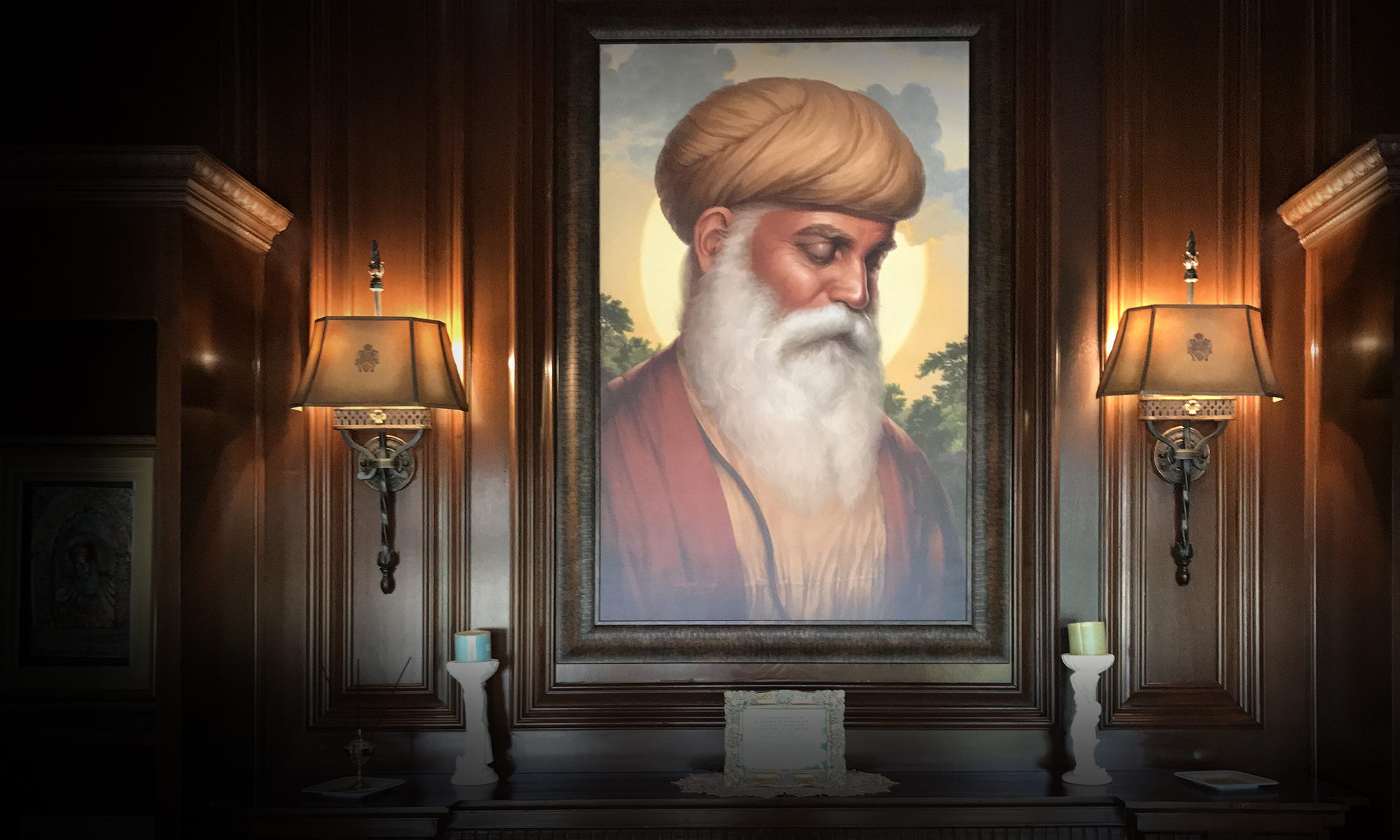“In this age, he alone is called a warrior, who is coloured in Hari’s Love. Through the guru’s teachings, he conquers his mind, and then everything comes under his control.”
– Guru Arjun Dev ji (Guru Granth Sahib, 679)

Bhagat’s sikh paintings are packed with tons small details. Buy largest size prints for this piece to really appreciate the work that went into it. This painting makes a good first impression in office space, and looks beautiful on the walls of your home.
Hari Singh Nalwa was a great general of Maharaja Ranjit Singh’s kingdom of Punjab. At a young age, while on a hunting trip, he was attacked by a tiger. With his bare hands, he pushed back the tiger, drew his sword and decapitated the beast. He was known for his excellent swordsmanship and chivalry, and his father had been serving Maharaja Ranjit Singh’s army. All of this became the deciding factors for the Maharaja to accept him in his royal service. He was given a small army of horsemen and so began Nalwa’s career as a General.
Hari Singh ji participated in the conquests of Sialkot, Kasur (1807), Multan (1818), Kashmir (1819), Pakhli and Damtaur (1821-2), Peshawar (1834) and finally Jamrud in the Khyber Hills (1837). He defeated the Afghans, something the British failed to do, and annexed a segment of what was the Kingdom of Kabul to the Sikh Kingdom in Punjab. In Peshawar, he rebuilt the Bala Hisar Fort in Maharaja’s name. He also built a chain of fortresses on his conquests to strengthen his hold. He also built one in God’s name, Haripur. This expanded the Kingdom of Punjab towards the North-west into the lands of Afghanistan, blocked off the Khyber Pass (which was pass through the mountains often used by Persian and Afghan invaders to loot and plunder Hindustan), and instilled fear of his name among the Afghan tribes.















